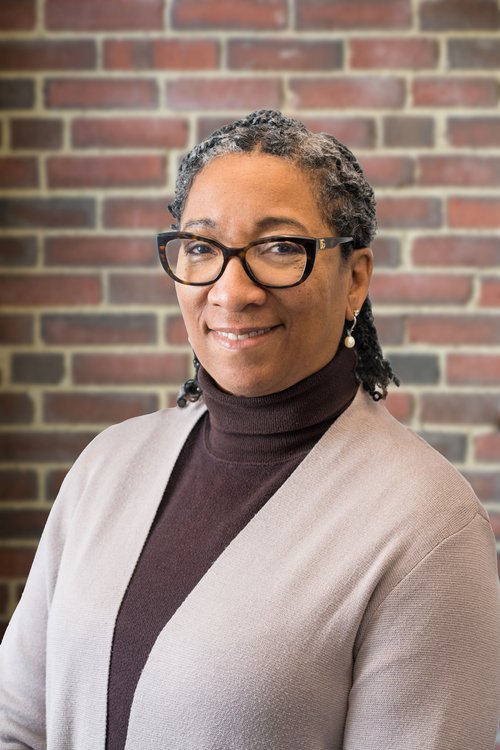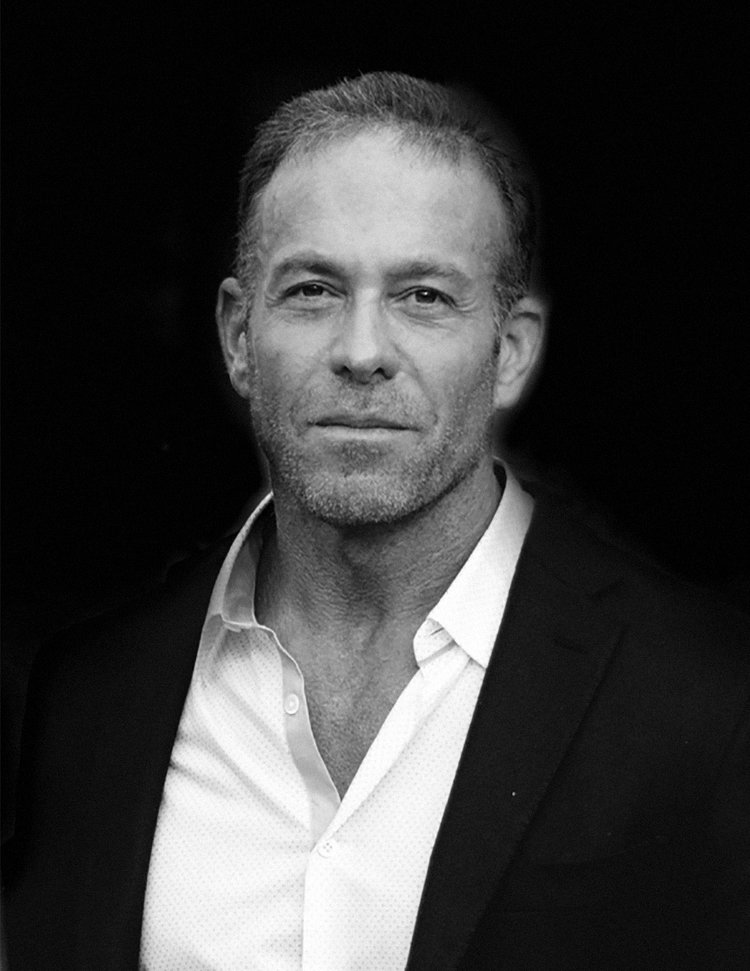Benefits of the Blockchain Business
by Lee Fisher | Nov. 1, 2018 | 4:00 AM

Make no little plans…Make big plans; aim high in hope and work.”
– Daniel H. Burnham, member of Cleveland Group Plan Commission
of 1903.
Today, there are three Americas. According to Enrico Moretti in The New Geography of Jobs, at one extreme are the brain hubs — cities with a well-educated labor force, skilled workers and a strong technology and innovation sector. They are growing.
At the other extreme are cities once dominated by traditional manufacturing, which are declining rapidly. In the middle are the bubble cities. They are on the bubble, and how they chart their paths will determine whether they become a brain hub or fall into a downward spiral.
Cleveland, like many mid-sized cities, is on the bubble. The three Americas are growing apart at an accelerating rate, so there’s no time to lose. Our future must be the Brain Belt, not the Rust Belt.
This is urgent, and we can do something about it now.
Over the past year, business entrepreneur Bernie Moreno has galvanized leaders in the business, legal, university and philanthropic community around a new disruptive technology called blockchain.
The effort, known as “BlockLand,” is aimed at establishing Cleveland as a technology hub catalyzed in large part by being a leader in blockchain business and government solutions.
Skeptics have questioned whether it’s wise to focus on a technology in its relative infancy that’s hard to understand or explain, no matter how much promise and potential it may have.
My experience working with mid-sized cities throughout the country shows that every city that has emerged as a brain hub is also a tech hub. These cities have taken risks, made catalytic investments in new growth technologies and created a geographically concentrated ecosystem of entrepreneurship.
Perhaps most importantly, studies have shown that high-tech jobs have a strong multiplier effect. For each new high-tech job in a tech hub, five additional jobs, both skilled and unskilled, are created outside the high-tech sector.
Cities that have seen a renaissance over the past decade have invested resources in making their cities more connected, innovative, talented and distinctive.
Cities like Austin, Seattle, Denver/Boulder, Raleigh-Durham and Boston have developed a geography of innovation, which clusters talent in dense urban districts, hubs or corridors.
Midwest cities have made such technology investment shifts for growth and rebirth with promising results. Chattanooga built out an all-fiber network; Pittsburgh invested in robotics; Detroit is transitioning its main industry, automotive, toward mobility; Toronto has invested in commercialization of artificial intelligence solutions; and Columbus has focused on the rapid prototyping of data analytics solutions.
Cleveland must be a city where there are clearly defined clusters and hubs of innovation and opportunity anchored by knowledge centers like our colleges, universities and hospitals that partner with adjacent large and small companies and start up incubators. When I served as director of the Ohio Department of Development we called for the creation of anchor-based Ohio Hubs of Innovation and Opportunity (OHIO) in our state economic-development plan.
In an innovation district or hub, a company’s success depends on more than just the quality of its workers — it depends on the critical mass of the entire ecosystem that surrounds it. That ecosystem must include a well-connected, mixed-use urban environment in and around the innovation district.
In a sense, tech hubs are cities within cities that become centers of innovation gravity. Think of them as urban rainforests with the biological nutrients of talent, ideas and capital running through their biological system.
One of the key success factors of these hubs is the ability to develop and market core competencies in certain technologies, products or services that give businesses in the hub a competitive advantage.
That’s where blockchain technology comes in.
At its most basic, blockchain is a digital system of recording transactions that allows for the secure, stable and permanent storage of data. It represents a new paradigm for the way information is shared, and governments and companies are rushing to figure out how they can use the distributed ledger technology to save time and costs, and add security and productivity.
Its name comes from its unique system of storing and securing data. Each digital record is a “block,” and, as transactions occur, blocks are linked together sequentially in a list, or “chain.”
In a sense, it is based on the same concepts underlying Wikipedia and Google Docs in the sense that it is decentralized and many people can write entries into a record of information, and a community of users can control how the record of information is amended and updated. Information held on a blockchain exists as a shared database.
However, blockchain is far more secure. No one person controls the information. No centralized version of the information exists for a hacker to corrupt. When a database is maintained by a single authority, if that authority gets compromised by a hacker, or even by natural disaster, the people relying on that database can lose access to all their data. With a blockchain, all the people relying on the database can keep and update their own copy of the data.
In other words, the data inside a blockchain can be trusted because you don’t have to trust a single entity. The blockchain database isn’t stored in any single location, meaning the records it keeps are public and easily verifiable.
Blockchain is the technology behind bitcoin, but cryptocurrencies are just a piece of blockchain’s potential. Early uses of the technology include financial services, mobile payments, real estate transactions, stock trades, supply chain management, medical records, voter verification, personal data and streamlining all levels of government.
Because of its immense record-keeping obligations and antiquated reliance on paper documents, government applications may be among the best opportunities.
Ten groups of governing committees, or nodes, are working on the essential parts of the BlockLand initiative. Each node is co-chaired by two volunteer leaders.
There will be a BlockLand Solutions Conference Dec. 1-4 at the Huntington Convention Center in Downtown Cleveland. The conference will offer expert-led workshops that focus on solutions for real-world business and government
applications.
Let’s get Cleveland off the bubble and make our place in the Brain Belt.
To find out more or register, go to blocklandcleveland.com/solutions.
Lee Fisher is dean of Cleveland-Marshall College of Law at Cleveland State University. He is also senior fellow at the CSU Levin College of Urban Affairs and urban scholar at the College of Urban Planning and Public Affairs and the Great Cities
Institute, University of Illinois at Chicago. He is the former Ohio Attorney General, Lt. Governor, director of the Ohio Department of Development, chair of the Ohio Third Frontier Commission, president and CEO of the Center for Families and Children, president and CEO of CEOs for Cities, state representative and state senator. During the time he served as Ohio Lt. Governor and director of development, Ohio won the nation’s highest state economic development award, Site Selection magazine’s Governor’s Cup, three consecutive years.
Trending
-
1
-
2
-
3
-
4
-
5










